This year’s car of the year competition is something of a curate’s egg: there is no stand-out winner for me. Last year, the title was won by the Peugeot 308 and while it was a very worthy winner, particularly given its revolutionary 1.2-litre three-cylinder engine, for me the star car was the Tesla Model S, which remains one of the most impressive cars I have driven in some time, not to mention the ongoing remarkable innovation of the US firm itself.
This year it’s hard to be an outright advocate for any single finalist, despite extensive testing of the entries.
The jury of journalists from across Europe has completed multiple test sessions, including the annual gathering of the majority of new models for a week-long event in northern Denmark. Organised and run by the Scandinavian jury members, this year it featured more than 50 of the new models launched in the last 12 months.
0 of 6
The most recent test was carried out earlier this month, where the seven finalists were brought to the Ceram test facility outside Paris, used by the industry during car development testing. Rented for two days by the jury committee, it provided a useful measure to gauge the varied offerings of this year’s finalists.
BMW 2 Series Active Tourer
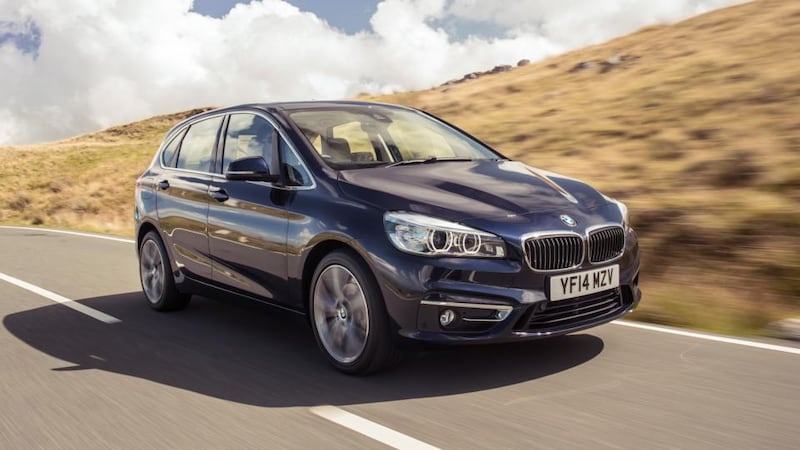
Billed as a first for BMW, it ticks the box in terms of being the first front-wheel drive for the brand, while it also is its first foray into the people-carrier market, both in terms of the five-seat Active Tourer and the seven-seat Gran Tourer. Yet, in many ways, it is not. BMW has years of experience with front-wheel drive courtesy of its Mini brand, while its crossovers and SUVs have serviced the family market for some time now.
What it does have is a smart premium finish in a format that many families are looking for in a proper premium brand presence. Whatever about its front-wheel drive format, the fact there is a seven-seat Gran Tourer addition to the range as well will capture the public’s attention.
It’s well finished on the inside, with a cabin layout that’s smart and practical yet premium as well. Its handling is competent rather than stellar, but it’s a much-needed addition to the people-carrier class – and from a brand that few expected to be taking part in this segment.
We recently met a family who wanted something smaller than their premium seven-seater SUV but didn’t want a mainstream brand. It’s brand snobbery but it’s a reality in the car market. For them news of a seven-seat BMW on the way seems like the answer to their wishes. They are unlikely to be alone.
Citroën C4 Cactus
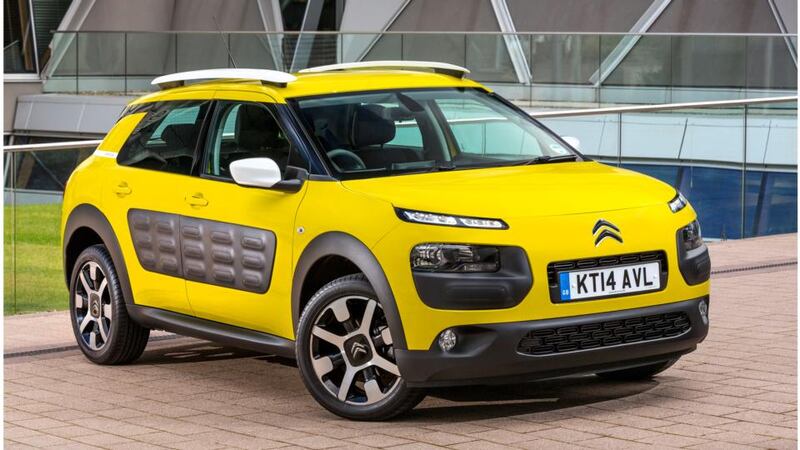
Citroën’s Cactus shows that affordable and mainstream motoring need not be boring and conservative. The manual versions drive and handle well, albeit on technology that is not exactly cutting edge, but the quirky look and interior really give the car some character.
The automatic transmission is still too lurchy to be fun to drive and the touchscreen in the centre can be slow and rather clunky. The main touch-sensitive buttons along thescreen edge are similarly imprecise and the engineers should have opted for proper buttons there.
Ford Mondeo
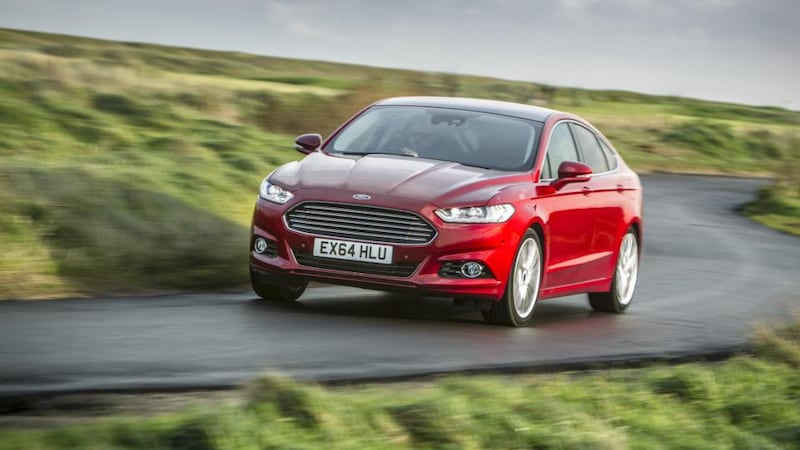
The saloon car market is not the big draw for family buyers it once was, thanks to a variety of people carriers and SUV crossovers luring them away. The days when “Mondeo man” would decide the next government are long gone.
What we have here is a noticeably long family car, with a smart design that certainly catches the public’s attention and Ford’s continued ability to create dynamic and entertaining driving dynamics. We also have a credible and impressive range of engines – even if the 1.5-litre petrol is a better buy than the award-winning 1-litre three-cylinder unit. The latter is a real star in the smaller Ford models, but the Mondeo is just too big for the plucky little prizewinner.
The fact this is a global car for Ford hasn’t helped. On sale for some time in the US before its European arrival, the interior feels like an American car, which is not a compliment. The car is really let down by an overly plastic centre console that doesn’t equate to the quality of the car’s engineering.
Mercedes C-Class
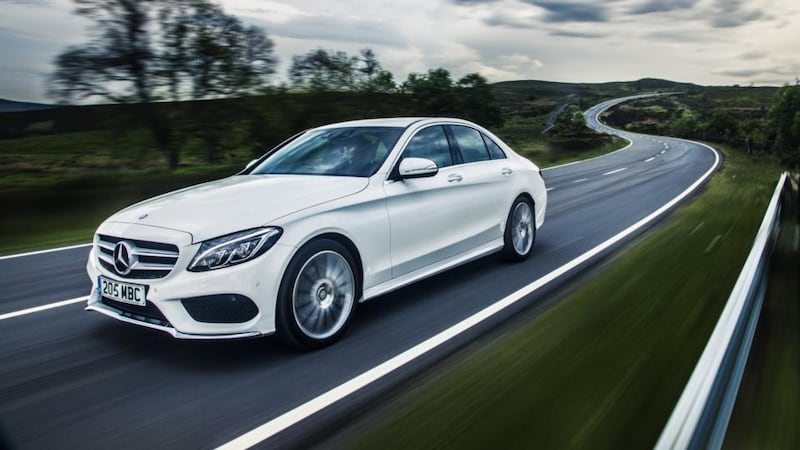
Mercedes has long been knocking on the door of the cut-throat competition between BMW and Audi when it comes to the premium family car market. The problem was that it never really felt like the completed package in the same way that the A4 or 3 Series did.
Finally, with this car Mercedes has a model that really does compete and at a time when many mainstream buyers are starting to realise the price jump to premium is no longer beyond their budgets thanks to various financing deals.
The C-Class is likely to surprise many when the votes are counted this year and it should do relatively well in the competition. The fit and finish is really impressive and the engine range is well developed.
Mercedes finally has a C-Classar worthy of its star badge and capable of stealing customers fro m its German rivals.
Nissan Qashqai
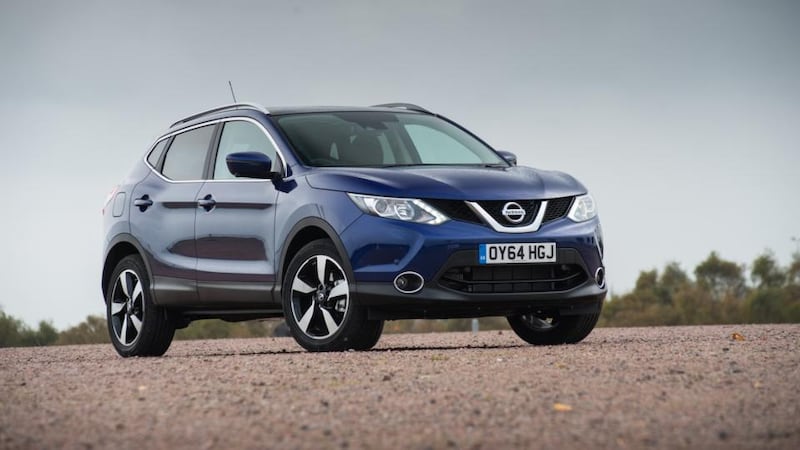
The original Qashqai caught us all by surprise – even Nissan, according to several senior executives. Its remarkable popularity demonstrated a public appetite for crossovers that multiple models have since sought to fill.
However, the Nissan has retained its lead, thanks to impressive build quality and strong residuals. Renault/Nissan’s impressive 1.5-litre diesel has delivered for it as well.
This latest iteration is very much an evolution on the theme, bringing the car up to date in terms of recent technological and engineering developments. A new 1.6-litre petrol engine plays its part in persuading us that the Qashqai’s market success will continue for some time yet.
Renault Twingo

This car could have been the stand-out winner this year if Renault had managed to deliver the 90bhp version in line with other budget city cars.
It was, after all, billed as being a car created on the back of the financial crisis, so an eye-catching price should have been one of the criteria.
In terms of driving, the 90bhp is a blast, its rear-engined rear-wheel drive format creating a car that puts a smile on your face when you spend time behind the wheel. Throw in the funky looks and some smart fashionable interior touches and it ticks many of the boxes you lookfor when awarding points in this competition.
Yet the mainstay engine is actually going to be the 70bhp and it doesn’t have any of the charm of its smaller sibling, while the pricing structure pushes it too close to the Clio to make much sense for cash-strapped customers.
VW Passat
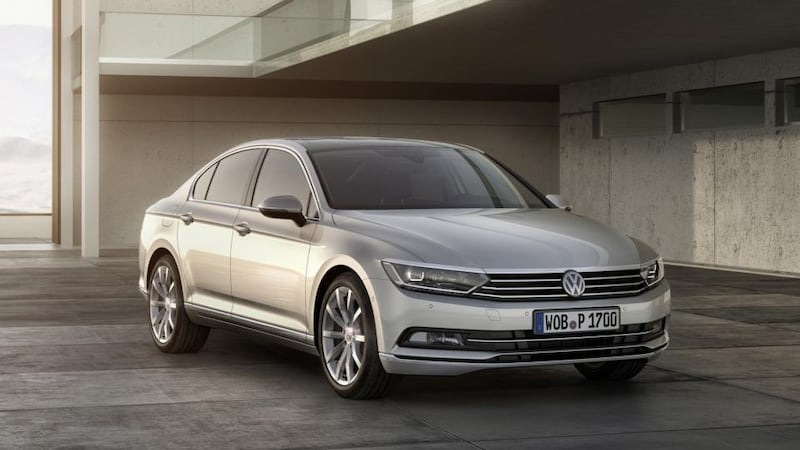
The same issues in terms of shrinking market segment applies to the Passat as the Ford Mondeo. This time, however, the design and styling is far more restrained and some people struggle to appreciate just how new this car is when they see it on the road.
Inside, the Passat’s quality finish shows up the lacklustre cabin of its Ford rival. From the touchscreen controls to the logical switchgear and little premium touches along the way, the Passat is a place in which you would not mind passing the time on a long journey.
VW has some impressive engine innovations, not least the new plug-in electric hybrid GTE model and the bi-turbo diesel, but both are at the top end of the family car price bracket and probably outside the motoring budget of many Irish Passat buyers.
Meanwhile, the lower-powered engines would not really set the world alight.

























